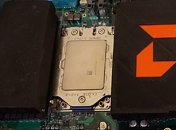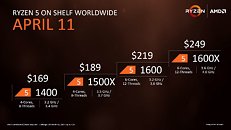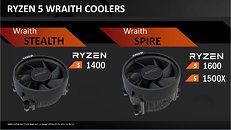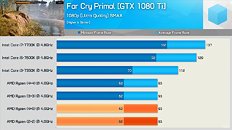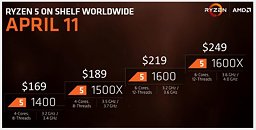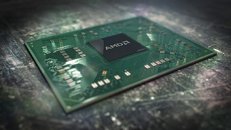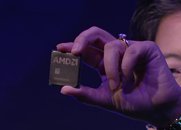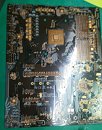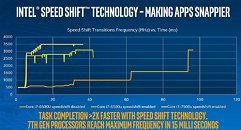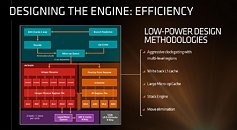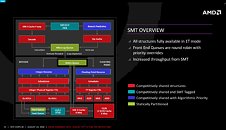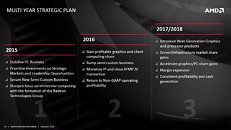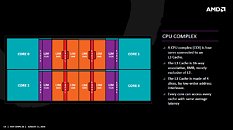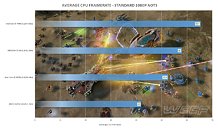
AMD Talks Improved Ryzen Memory Support, Ryzen 3, and Game Optimization
AMD, in an interview with Forbes, confirmed that it is working to improve DDR4 memory support of its Ryzen series processors, to enable higher memory clocks. AMD Ryzen users find it difficult to get DDR4 memory clocks to run above 3000 MHz reliably. With memory clock being linked with the chip's Infinity Fabric clock (the interconnect between two CCX units on the "Summit Ridge" silicon), the performance incentives for higher memory clocks are just that much more.
AMD confirmed that its AGESA update for May improves DDR4 memory compatibility, although it also stressed on the need for motherboard manufacturers to improve their board designs in the future, with more PCB layers and better copper traces between the DIMM slots and the SoC socket. The company assures that more updates to AGESA are in the pipeline, and would improve performance of Ryzen processors at various levels. The AGESA updates are dispensed through motherboard vendors as BIOS updates.
AMD confirmed that its AGESA update for May improves DDR4 memory compatibility, although it also stressed on the need for motherboard manufacturers to improve their board designs in the future, with more PCB layers and better copper traces between the DIMM slots and the SoC socket. The company assures that more updates to AGESA are in the pipeline, and would improve performance of Ryzen processors at various levels. The AGESA updates are dispensed through motherboard vendors as BIOS updates.
